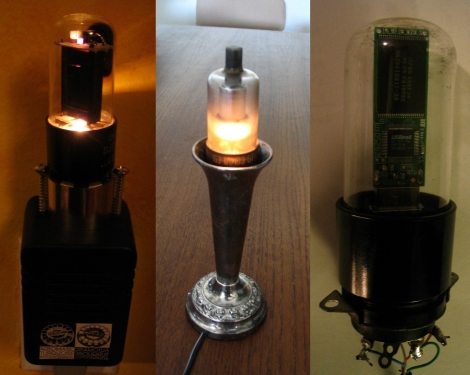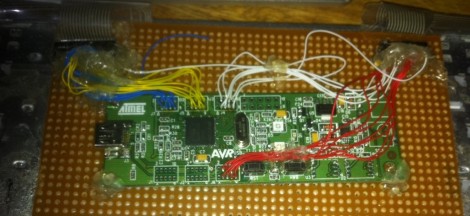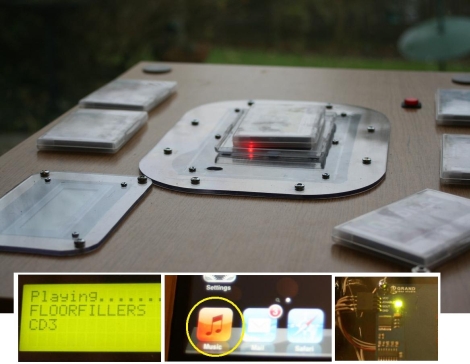
Continuing on with our series of Hackaday original videos, this week we are presenting a video all about DC motors. DC motors are relatively simple electromechanical devices that turn electrical energy into rotational movement. In this video, [Jack] takes apart a small DC motor and shows off all of the parts inside and describes how it all works. He also talks about how to modify DC motors to increase their speed or torque as well as how to change their directional preference. In this video, he rewinds a motor and shows how this changes the performance characteristics of the motor.
Is mechanical stuff not your thing? Stay tuned for next week when we launch into a series of videos where we show how to program for the Atmel ATmega328 processor using C. In this series, we’ll show you the real nuts and bolts of programming for this processor by working with its I/O pins,timers, A/D, interrupts, and more.
Video after the break.
Continue reading “Video: Everything You Wanted To Know About DC Motors”
















